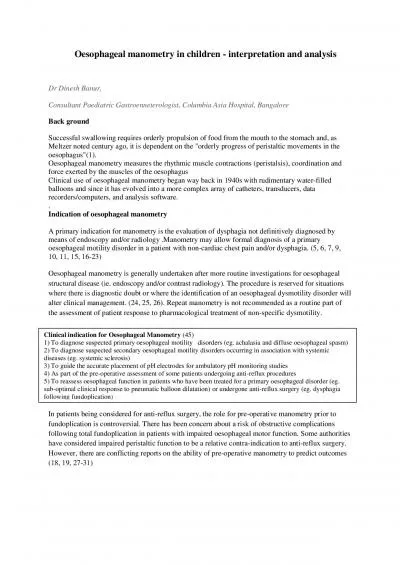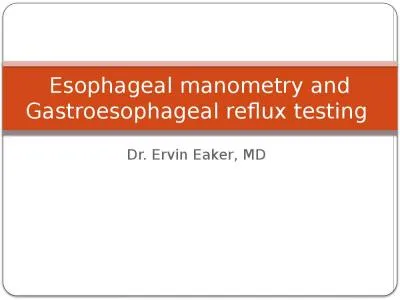PPT-Anorectal Manometry Testing Effectively Trained in Less than three Hours – A Pilot Study
Author : pamella-moone | Published Date : 2018-03-13
Daniel Stone MD amp Mikio Nihira MD MPH OBJECTIVE The aim of this investigation was to learn if a standardized training process that included recorded didactics
Presentation Embed Code
Download Presentation
Download Presentation The PPT/PDF document "Anorectal Manometry Testing Effectively ..." is the property of its rightful owner. Permission is granted to download and print the materials on this website for personal, non-commercial use only, and to display it on your personal computer provided you do not modify the materials and that you retain all copyright notices contained in the materials. By downloading content from our website, you accept the terms of this agreement.
Anorectal Manometry Testing Effectively Trained in Less than three Hours – A Pilot Study: Transcript
Download Rules Of Document
"Anorectal Manometry Testing Effectively Trained in Less than three Hours – A Pilot Study"The content belongs to its owner. You may download and print it for personal use, without modification, and keep all copyright notices. By downloading, you agree to these terms.
Related Documents

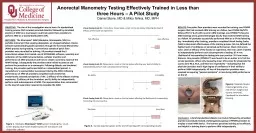



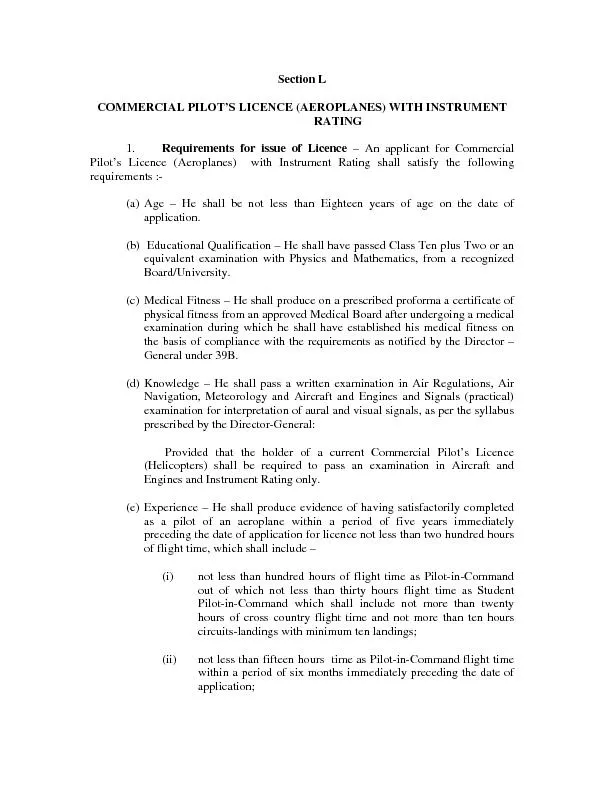
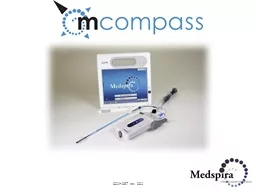

![[EBOOK] - FAA-CT-8080-2H Airman Knowledge Testing Supplement for Sport Pilot, Recreational](https://thumbs.docslides.com/903261/ebook-faa-ct-8080-2h-airman-knowledge-testing-supplement-for-sport-pilot-recreational-pilot-remote-pilot-and-private-pilot-g.jpg)


